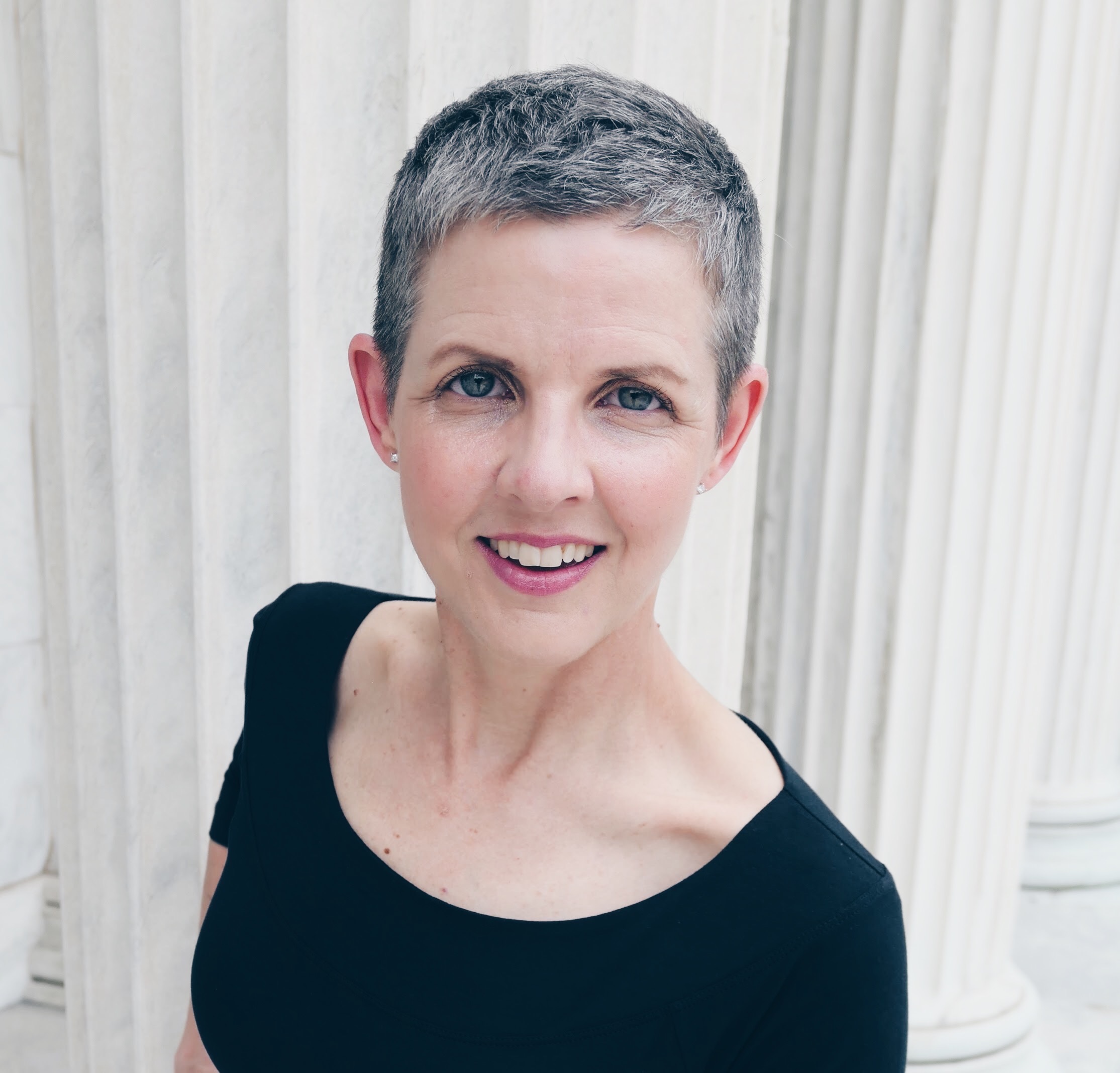The Back to School ads have begun. As August approaches, many (read: I) are thinking about what we can accomplish when the kids are back in school and more predictable routines take hold once again.
Of course, my natural thought is: What a great time to get organized! 😉
I read a lot about organizing. I also practice life coaching and mindfulness. So I know the fancy questions to ask and the trendy approaches to organizing (hint: Want to Kondo the kids’ drawers this weekend?). And many are useful for some, some of the time (unlike Kondoing the kids’ drawers – likely undone faster than it hits the Instagram feed.).
Experience tells me, though, that the organizing process is often overwhelming. It can be challenging to know where to begin and even more challenging to know how to proceed. More consequentially, a complicated approach tends to keep us spinning – moving things from one location to another or giving up on projects altogether.
Friends, let’s keep it simple.
The goal of organizing is to improve one’s life. To be effective, we need clear and simple strategies.
Here I present my four ultimate organizing principles that apply to any person pursuing any project of any size at any time – tried and true concepts for a simple approach to organizing.
The next time you start organizing, give them a try yourself and see how it goes for you.

Here are my four ultimate principles for effective organizing.
Know your purpose.
Our purpose is the why of our project and actions. Knowing our purpose is having a compass that orients us down a path, toward a destination worth reaching. It’s also having a touchstone to measure the value of any step: Does this support my purpose? Ask yourself: For what purpose am I getting organized? And will it mean for me to be organized? Knowing your why creates a clear path and gives you the motivation to move forward on it.
Ask three questions to declutter.
Decluttering is often the most challenging part of an organizing project. To help, we ask ourselves questions to elicit the value of any given item – essentially revealing whether it is serving us and our purpose. All the fancy questions we find in organizing books and on websites can be distilled into three essential questions: Do I need it? (Think: tax documents) Do I use it? (Think: kitchen utensils, cleaning supplies) Do I love it? (Think: art, sentimental items that evoke positive feelings). If you answer yes to any of these questions, keep the item; if not, let it go. (And enjoy the simplicity of this process.)
Follow two rules to get organized.
What if I told you that following two simple rules is all that’s necessary to get and stay organized? What a relief! While other considerations may be of benefit, here is what’s essential: every item needs a “home,” and items need to be in their homes when not in use. That’s it. Put slightly differently, if everything has an “away” (preferably one that is near where it is used and with like items) and is put away, you are organized. Keep these two rules top of mind when organizing and when bringing new items into your home.
And the most effective way to get organized is…
Simply, have less. When we bring things into our orbit, they require our attention, our energy, our space, and perhaps our money. When viewed this way, nothing (and I mean no thing), is free. So, the best approach to getting – and staying – organized is to discern whether the true costs of an item offset the potential value (yes, you can revisit your purpose here). And, for most, that means having less.
Ta da! And there’s a simple approach to organizing. The next time you endeavor to organize, remember: Knowing your purpose for organizing, three questions for decluttering, and two rules for getting organized might just lead to a life with less burden – and more of what matters.



0 Comments